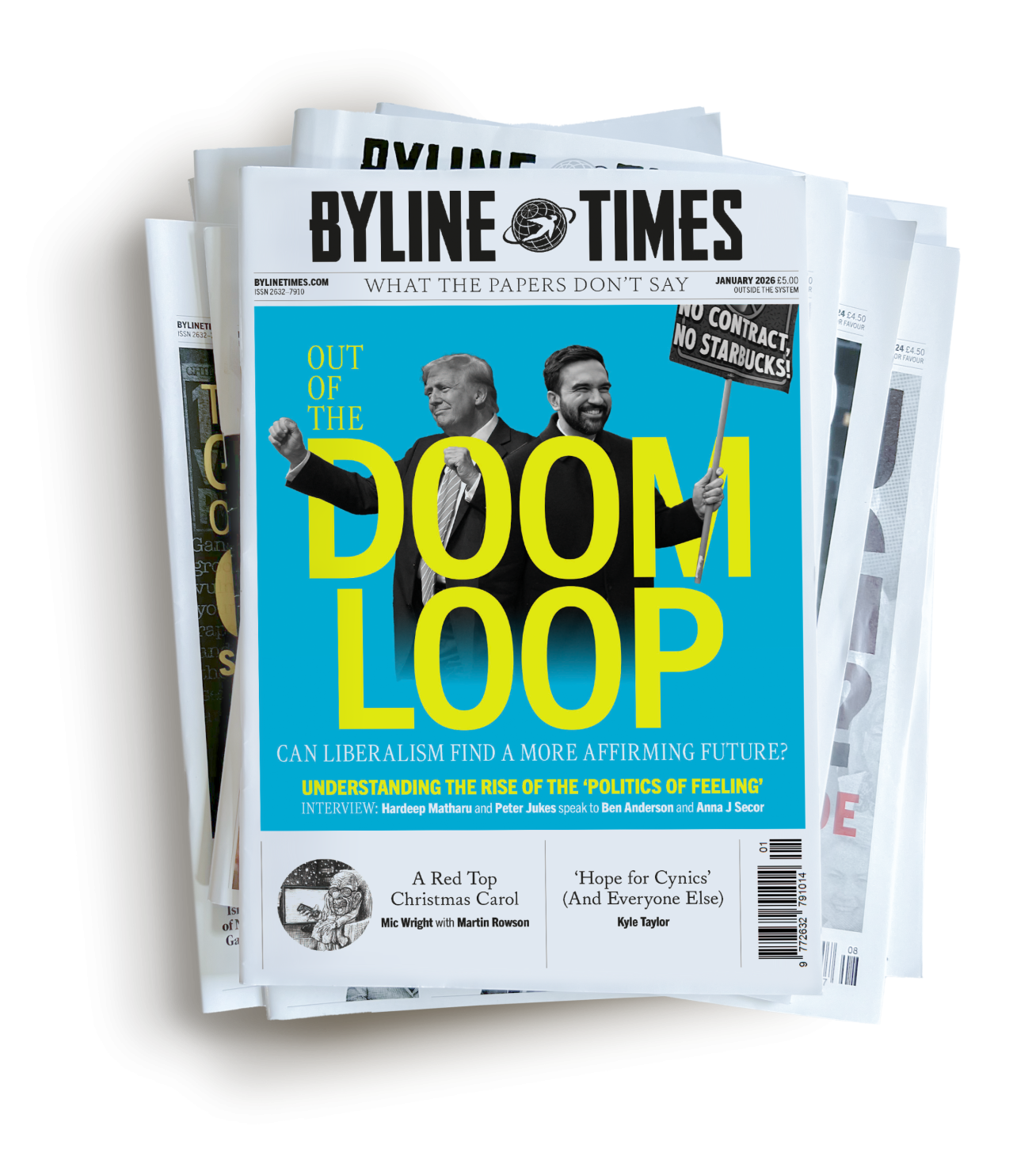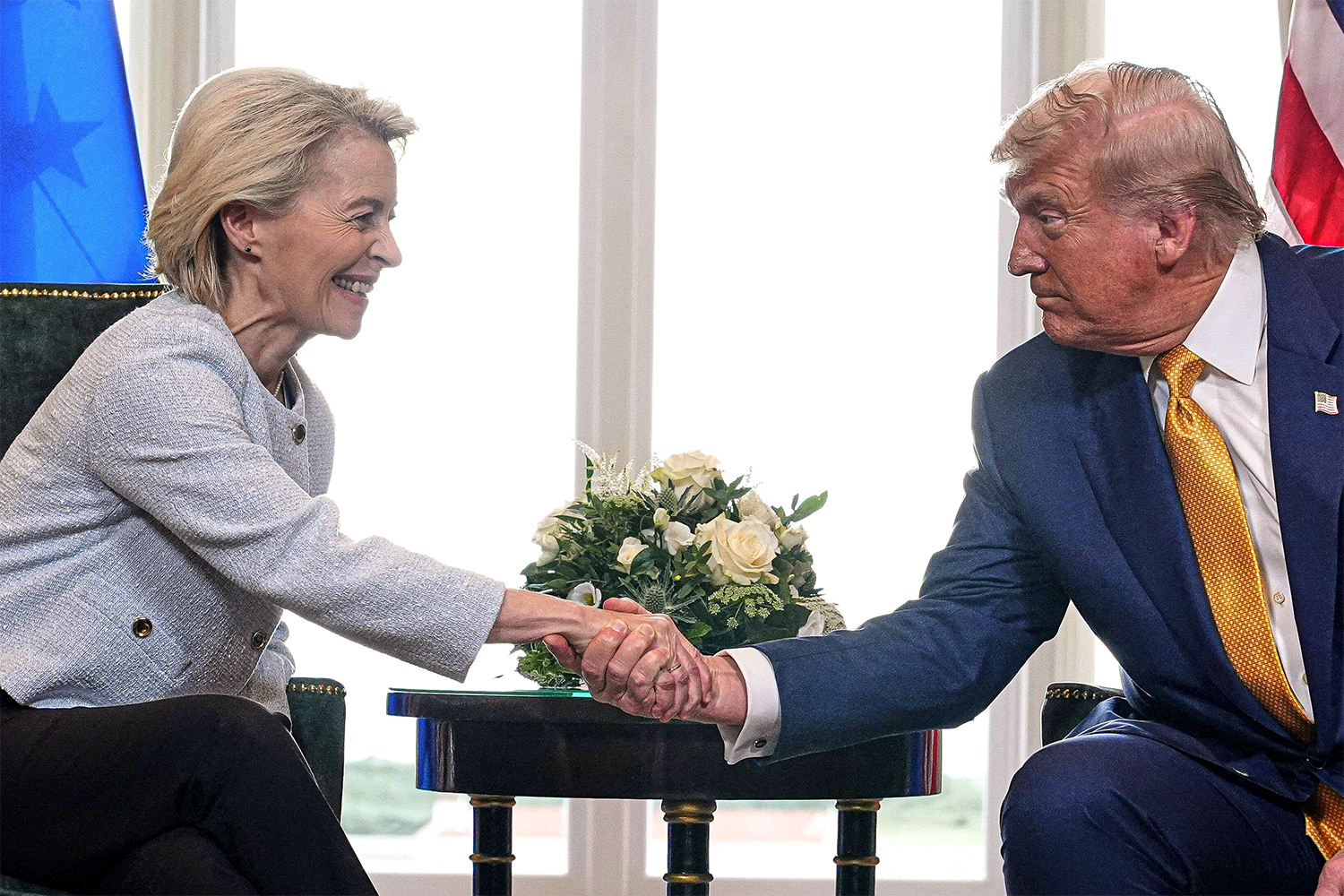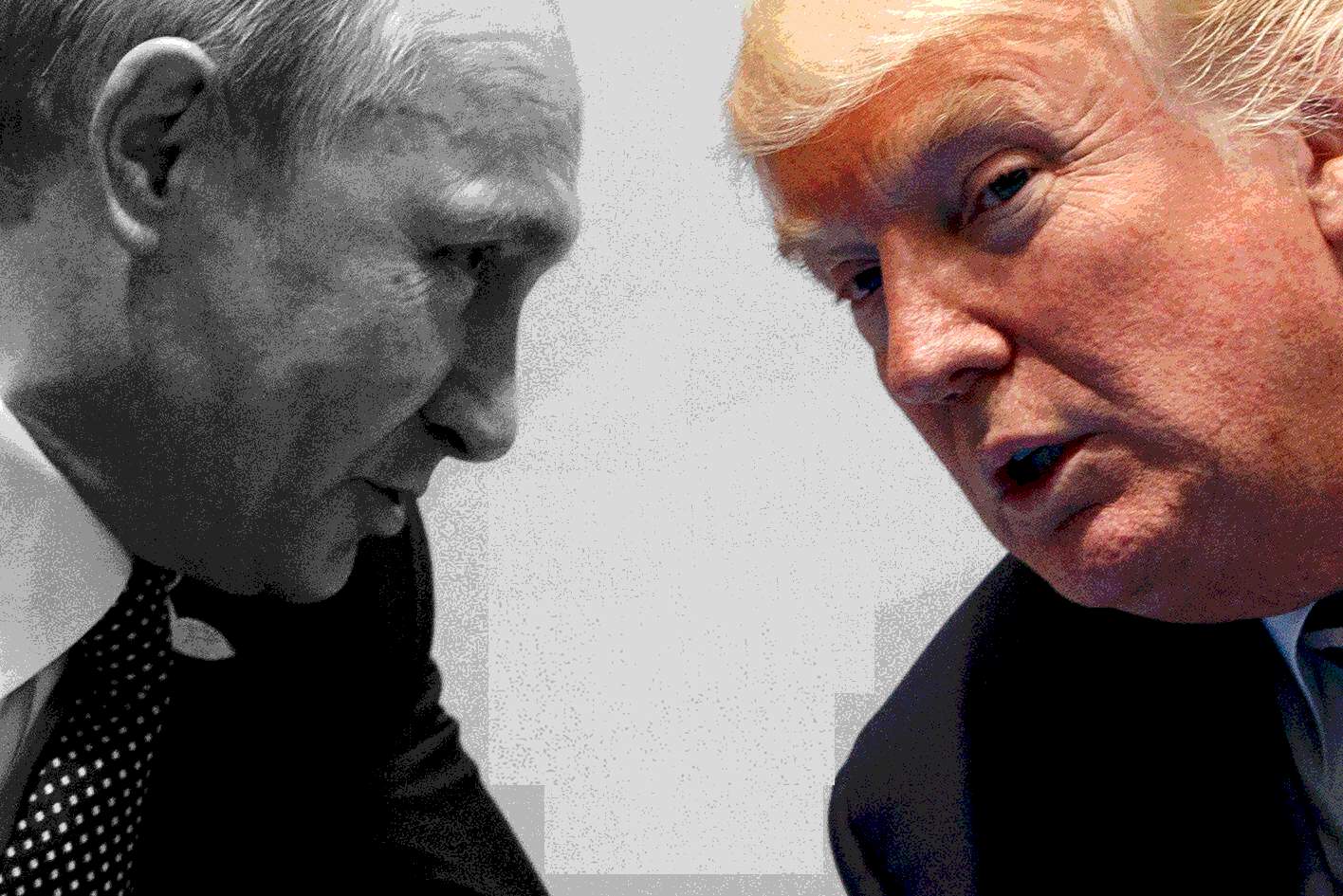
Read our Digital & Print Editions
And support our mission to provide fearless stories about and outside the media system
For years, some Europeans have dreamed of a giant free trade deal between the European Union and the United States. Many rounds of negotiations took place starting in 2013 to try to deliver what was dubbed the Transatlantic Trade and Investment Partnership (TTIP). Its proponents said such a deal would establish an economic Nato, creating an economic relationship as deep as the security partnership; some say that the failure of those negotiations in 2016 as a result of stubbornness on both sides contributed to Brexit. Various half-hearted attempts have been made since then to resume limited trade liberalisation talks.
No one at any point during those years could have imagined that when the EU-US trade deal came, it would look like the humiliating surrender agreed by Ursula von der Leyen in an awkward meeting with Donald Trump in Scotland on Sunday. The Commission president agreed to a deal under which most EU exports would be taxed at 15 percent when they entered the US, up from around 2 percent pre-Trump. This is an outcome that would have been unthinkable just three weeks ago, when Brussels thought it had a deal for a 10 percent deal, let alone three months ago, when von der Leyen was hoping to negotiate a zero-for-zero tariff deal.
Worse, the EU is being charged even for the privilege of trading with the US on these abased terms. Von der Leyen has committed that the EU will buy $750 million of US energy products over the next three years and invest $600 billion in the US economy. How this will work in practice is unclear since details are scarce and both sides have given contradictory briefings. On the face of it, the energy promise looks a particular stretch since it would require the EU to divert the bulk of its annual €375 billion energy spend to the US. Currently it buys just 17 percent of its oil, its biggest energy import, from the US. Perhaps these are just numbers plucked out of thin air to please Trump and not meant to be taken seriously.
What the EU gets out of this hopelessly one-sided arrangement is simply the chance to avoid what could have been an even worse outcome. Had no deal been reached, Trump was threatening to impose a 30 percent tariff on all EU imports from August 1. The best that can be said for this deal, from a European perspective, is that in accepting a baseline 15 percent tariff, European businesses will avoid some of the much higher tariffs that Trump has introduced for certain sectors, most notably automotive imports, although it seems not steel and aluminium. On the basis that 15 percent becomes the new baseline tariff for most countries, other than the UK which will receive a tariff of 10 percent, the EU will at least not be at a competitive disadvantage.
Meanwhile, Trump has not had it all his own way. The US president has had to abandon his demand that the EU change aspects of its regulations on sectors such as digital services, pharmaceuticals and agriculture to suit US corporate interests. The irony is that this was the one thing that US businesses wanted out of a trade deal above all else. Indeed, removing such barriers to trade was the focus of the TTIP negotiations and subsequent EU-US trade initiatives. In surrendering this core US interest and prioritising instead tariff revenues, Trump has delivered to US businesses the worst of both worlds: higher taxes and no enhanced market access.
That points to a second irony, which is that, other things being equal, this deal will hit the US economy harder than that of the EU. Using standard assumptions on the relationship between tariffs and output, Gilles Moec, chief economist at Axa Group, reckons that the deal will deliver a 0.4 percentage point hit to the EU economy but a 0.7 percentage point hit to US GDP. What’s more, the latest data shows that it is US importers rather than foreign exporters who are currently picking up the bill for higher tariffs through reduced profits. How much longer US companies will be willing to do so before they start passing on the costs to consumers is an open question. The best bet is that US inflation will soon start to rise.
The big question is how the EU will respond to this blow to its economic fortunes. One delusion that it should rid itself of immediately is that these tariffs might prove short-lived. What this deal clears up beyond doubt is any confusion about what lies behind Trump’s tariff agenda. For all the talk of rebalancing trade, eliminating deficits, “reshoring” manufacturing jobs and isolating China, Trump’s focus is on maximising tariff revenues to offset the huge increase in federal debt arising from his recently-passed tax-cutting Big Beautiful Budget Bill. That means that just as Biden never reversed his first-term tariffs, these tariffs will not be reversed any time soon.
Instead, Europe will need to offset the impact of tariffs by finding new sources of growth. In my column for the latest edition of Byline Times, I asked whether the Trump shock would deliver a European moment. Even as the long-standing goal of economic NATO slips out of reach, the EU has huge opportunities to expand trade elsewhere, both with other partners and within its own borders. Indeed, the International Monetary Fund calculates that internal EU barriers to trade are the equivalent to a 46 percent tariff on goods and 110 percent tariff on services. If the Trump shock jolts Europe into tackling its own morbidities, it may even turn out to be an opportunity.


